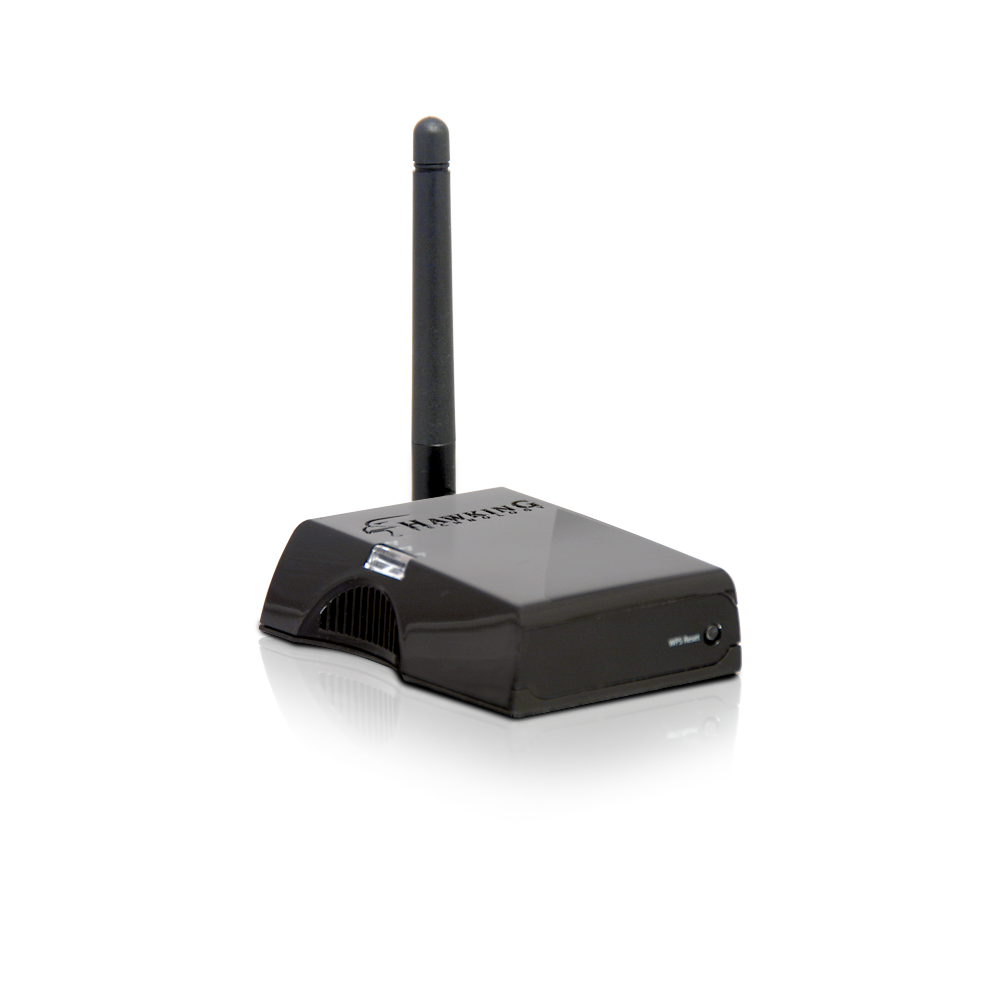I have a Wireless-N router (TP-Link TC-W7960) which I’d like to extend using my Hawking Wireless-G range extender (HWREG1). With the Hawking RE connected to the router via ethernet cable, I have it configured to match the router’s settings (as closely as possible).
While the RE is connected to the router, I can easily connect to either one with my Motorola smart phone. However, once the RE is disconnected from the router, and moved a short distance away, the phone cannot connect !! The phone displays “Obtaining IP address …” for a while, then “IP Configuration failure”.
I have tried modifying security and encryption settings for both the router and RE and I still cannot connect.
I have gone back and forth many times with Hawking Tech. Support, asking (among other things):
“Is this Range Extender, which is compatible with ‘Wireless G’, also compatible with my ‘Wireless N’ router ??”
They responded:
“Wireless N is backwards compatible with G/N. Using the HWREG1 as an extender with a N device will only give it a max speed of 54Mbps.”
Can someone please confirm that this combination (Wireless-N router & Wireless-G extender) is compatible? Or might it be that these are impossibly INcompatible ??
Or does some other issue come to mind?
While the RE is connected to the router, I can easily connect to either one with my Motorola smart phone. However, once the RE is disconnected from the router, and moved a short distance away, the phone cannot connect !! The phone displays “Obtaining IP address …” for a while, then “IP Configuration failure”.
I have tried modifying security and encryption settings for both the router and RE and I still cannot connect.
I have gone back and forth many times with Hawking Tech. Support, asking (among other things):
“Is this Range Extender, which is compatible with ‘Wireless G’, also compatible with my ‘Wireless N’ router ??”
They responded:
“Wireless N is backwards compatible with G/N. Using the HWREG1 as an extender with a N device will only give it a max speed of 54Mbps.”
Can someone please confirm that this combination (Wireless-N router & Wireless-G extender) is compatible? Or might it be that these are impossibly INcompatible ??
Or does some other issue come to mind?


 Too bad I couldn't get this from Hawking Tech Support. All they did was waste hours of my time with meaningless back-and-forths in broken English.
Too bad I couldn't get this from Hawking Tech Support. All they did was waste hours of my time with meaningless back-and-forths in broken English. 
